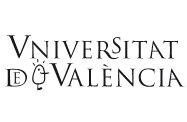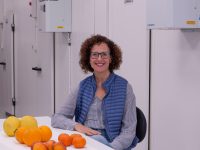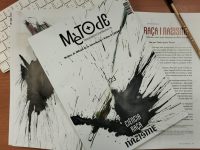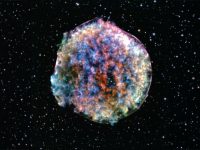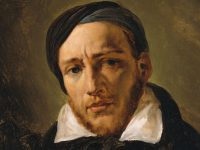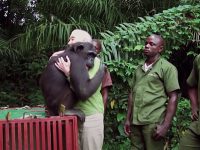
Illustration: Anna Sanchis
Around 36 BCE, the Roman polygraph Marcus Terentius Varro wrote De rerum rusticarum, the most important treatise on agronomy in the ancient world. He recommended avoiding wetlands, because «certain tiny creatures live there which cannot be seen with the eyes, which float in the air, enter the body through the mouth and nose, and cause serious ailments». Apart from some rather vague references contained in the Atharvaveda (twelfth and tenth centuries BC), this sentence by Varro is the oldest and clearest statement on the biological origin of infectious diseases. Nobody paid any attention to it.
Islamic and medieval medicine favoured the study of unbalanced humours and environmental miasmas. The miasmas – a frightening name concealing a solid lack of knowledge – were supposed vapours carrying particles of «corrupted matter» that caused infectious diseases. Everyone believed it: when something is not understood, everyone enthusiastically accepts unfathomable explanations. Until, already in the sixteenth century, the Veronese physician Girolamo Fracastoro returned to Varro’s ideas. Yet no one listened to him either. It was not until 1835 that the Lombard naturalist Agostino Bassi expounded his microbial theory of ailments, based on his work against the silkworm muscardine. Almost simultaneously, in 1840, the German doctor Friedrich Gustav Jakob Henle discussed the relationship between germs and diseases. The idea was gaining ground. Even then, the medical community indignantly rejected Hungarian Ignaz Philipp Semmelweis’s 1847 claims about postpartum infections caused by obstetricians themselves because, according to politically correct science, «a doctor’s hands cannot cause infections»… Perhaps not hands, but the microbes swarming on an undisinfected hand can.
Microbes have been known since the seventeenth century, thanks to the work of the multi-talented Dutchman Antonie Philips van Leeuwenhoek, but they were not associated with disease. That much is clear to us now, but not then. As an infamous Francoist minister said: such a small bug can’t hurt anyone… Miasmas were more convincing. Then, enter Louis Pasteur. In 1856 he applied his previous conclusions on the biological origin of fermentations to the study, again, of the ailments of silkworms. There was no longer any doubt that microorganisms were also responsible for many ailments. The English epidemiologist John Snow had already realised this a couple of years earlier, following a cholera outbreak in London’s Soho. Thus was born the germs theory of infectious diseases, strengthened by the subsequent work of the German doctor and microbiologist Robert Koch, discoverer of the bacterium that caused tuberculosis (1882) – called for a long time the Koch bacillus – and cholera (1883).
«We have forgotten the doctors and scientists who brought us out of millennia of ignorance»
The great surgical and medical revolution came from the English surgeon Joseph Lister, a follower of Semmelweis and Pasteur. In 1867 he proposed disinfecting surgical instruments, the surgeon’s hands, and open wounds with phenol: antiseptics and the principle of asepsis were born. Then came sulphamides, antibiotics, and antimicrobials in general. The miasmas – supposedly – and the uncontrolled infections – very real – went down in history. On the other hand, biology showed that bacteria, viruses, and microorganisms in general are everywhere. Even more so: it made us realise that we ourselves and all eukaryotes are the result of the endosymbiotic fusion of microorganisms. That is, from countless infections of the past. Life is indeed contagious…
In a century we have overcome millennia of ignorance. But we have forgotten the doctors and scientists who brought us out of it. Indirectly, we remember them unconsciously when we ask for pasteurised milk or when we rinse ourselves with the mouthwash invented in 1879 by the Americans Joseph Lawrence and Jordan Lambert: in honour of Lister, they called it «Listerine».
